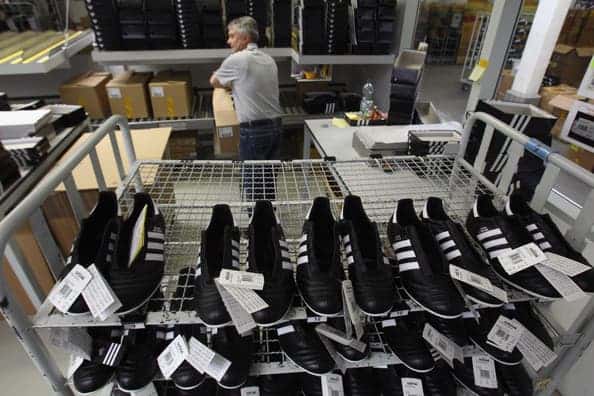The footwear giant has announced it will move much of its activities from Asia back to Germany. The company unveiled ts prototype “Speedfactory”, a state-of-the-art, 4,600 square-meter facility which will automate most of the work.

After achieving success in Germany and the rest of Europe, Adidas slowly moved their factories to Asia, motivated by cheap labor. They now employ half a million people on the continent, but robots are slowly becoming cheaper than cheap manual labor. Adidas will continue to develop robot-powered factories, building another one in the US in 2017, with similar ones to follow in Britain or in France.
Still, according to DW, Adidas insisted that the aim was not to immediately replace their workers, saying the goal was not “full automatization” but only an improvement of efficiency and speed. Most of Adidas’ shoes are produced and shipped far away from the end consumers, so by the time they are produced and reach the shelves, a lot of time passes. They’re trying to reduce the time it takes for the merch to get from the factory to the retailers, and also reduce shipping costs. This move will likely be repeated by many other companies, as automation becomes cheaper and more efficient. Industry 4.0 might be coming soon, to a shoe factory near you.
Adidas produced 301 million pairs of sports shoes last year, but the demand still surpassed the offer, with the company aiming to produce 10% more. Shirts might also be produced at the same factory. The move will, of course, hash many jobs in Asia, creating only a few in Europe. Six subcontractors of Adidas in China declined to comment or said they were not aware of the new production sites in Germany, news agency AFP reported.






